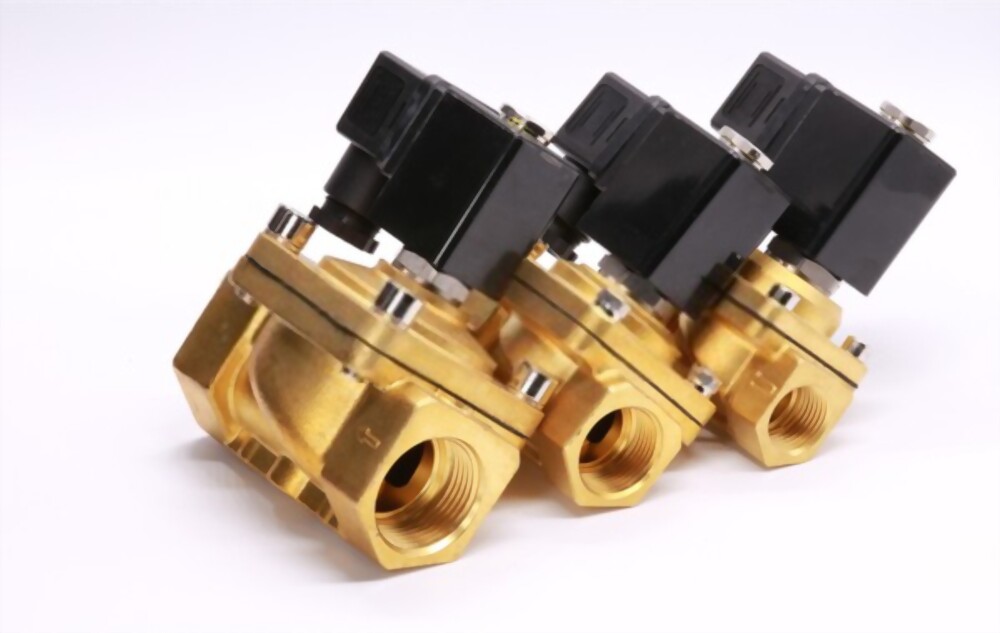A solenoid valve plays a crucial role in the safe and efficient operation of your LPG (liquefied petroleum gas) gas line. This small yet powerful device helps control the flow of gas, ensuring safety and convenience. This article will delve into the details of the solenoid valve for LPG gas line, their importance, and how they work.
Understanding Solenoid Valves
Solenoid valves are electromechanical devices used to control the flow of various fluids, including gases and liquids. They consist of a coil, plunger, and valve body. When an electric current passes through the coil, it generates a magnetic field that moves the plunger, allowing or blocking the flow of the fluid through the valve body.
What is LPG Solenoid Valve?
Safety is of utmost importance when dealing with LPG gas lines. A solenoid valve acts as a safety device by providing a reliable shut-off mechanism. It helps prevent gas leaks, which can be hazardous and even life-threatening. By controlling the flow of gas, the solenoid valve ensures that the supply is cut off when necessary, such as during emergencies or when appliances are not in use.
How Does an LPG Solenoid Work?
Solenoid valves operate based on the principle of electromagnetism. When the coil receives an electrical signal, it creates a magnetic field that attracts or repels the plunger, depending on its design. When the plunger is pulled towards the coil, it opens the valve, allowing the gas to flow. Conversely, when the electrical signal is cut off, the plunger returns to its original position, closing the valve and stopping the gas flow.
Choosing the Right Solenoid Valve for LPG Gas Line
Selecting the appropriate solenoid valve for your LPG gas line is crucial for optimal performance and safety. Here are a few factors to consider:
Material: Since LPG is a flammable gas, choosing a solenoid valve made from materials that are compatible with it is essential. Brass or stainless steel valves are commonly used for LPG applications due to their corrosion resistance.
Pressure and Flow Rate: Consider the operating pressure and flow rate of your LPG system when selecting a solenoid valve. Ensure the valve can handle the maximum pressure and flow required for your application.
Safety Features: Look for solenoid valves with additional safety features such as built-in pressure relief valves or manual override options. These features provide an added layer of protection and convenience.
Installation and Maintenance
Proper installation and regular maintenance are essential for solenoid valves’ efficient and safe operation. Following the manufacturer’s guidelines and consulting a professional if needed is crucial. Regular inspection and cleaning of the valve are recommended to prevent any potential blockages or malfunctions.
Solenoid Gas Valve vs Natural Gas Solenoid Valve
While ”solenoid gas valve” and ”natural gas solenoid valve” are sometimes used interchangeably, they refer to slightly different applications. A solenoid gas valve generally refers to a valve used for controlling the flow of various gases, including LPG. On the other hand, a natural gas solenoid valve is specifically designed for use with natural gas, which has different characteristics compared to LPG.
What is the Price of LPG Solenoid Valve?
Determining the price of an LPG solenoid valve in the UAE depends on various factors such as the quality and reputation of the brand, the material and construction of the valve, its size and capacity, any additional features it offers, as well as the supplier and location from which it is purchased. Considering these factors and conducting thorough research is crucial in making an informed decision. While price is important, prioritising quality and reliability ensure your gas system’s efficient and safe operation.
Conclusion
A solenoid valve for LPG gas lineis Vital in ensuring your gas system’s safe and efficient operation. By controlling the flow of gas, it helps prevent leaks and potential hazards. When choosing a solenoid valve, consider factors such as the compatibility of materials with LPG, your system’s pressure and flow rate requirements, and the availability of safety features. Selecting a solenoid valve that meets these criteria is important to ensure optimal performance and peace of mind. Additionally, proper installation and regular maintenance are crucial for the reliable operation of the valve. By adhering to manufacturer guidelines and seeking professional assistance when needed, you can maximize the lifespan and functionality of your solenoid valve. Remember,

